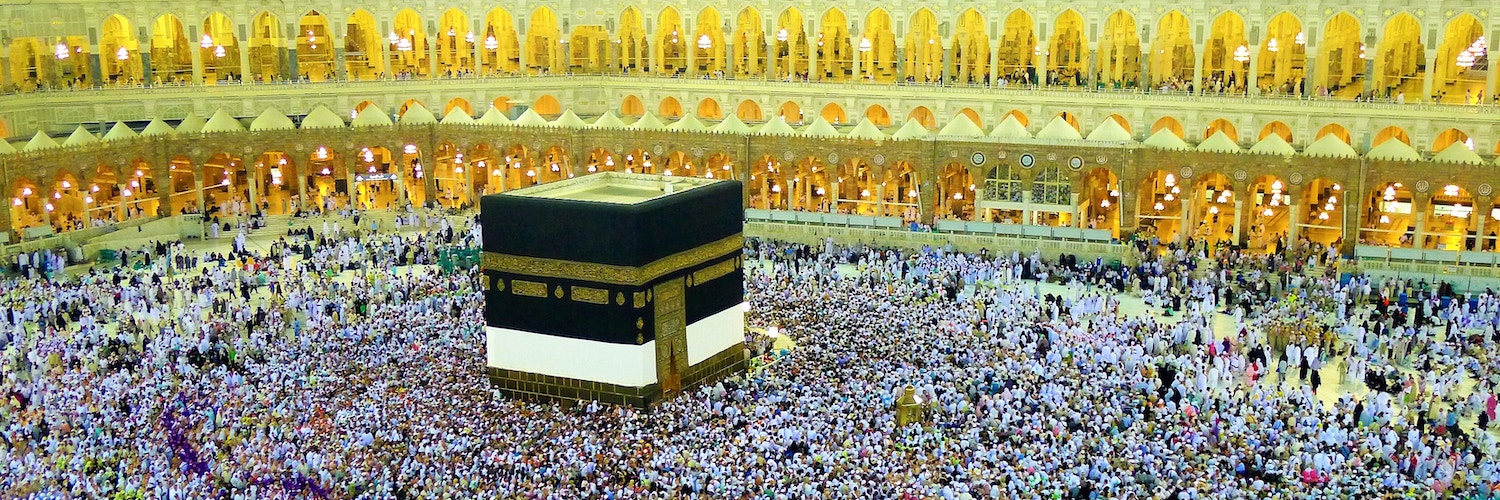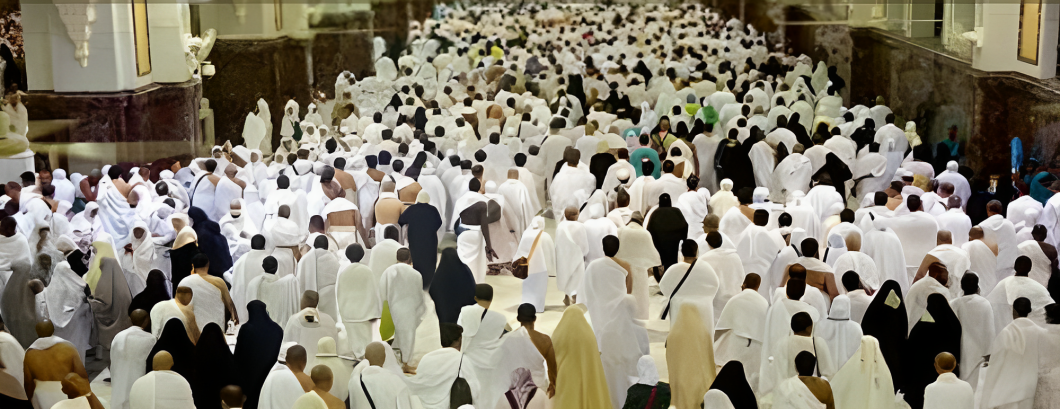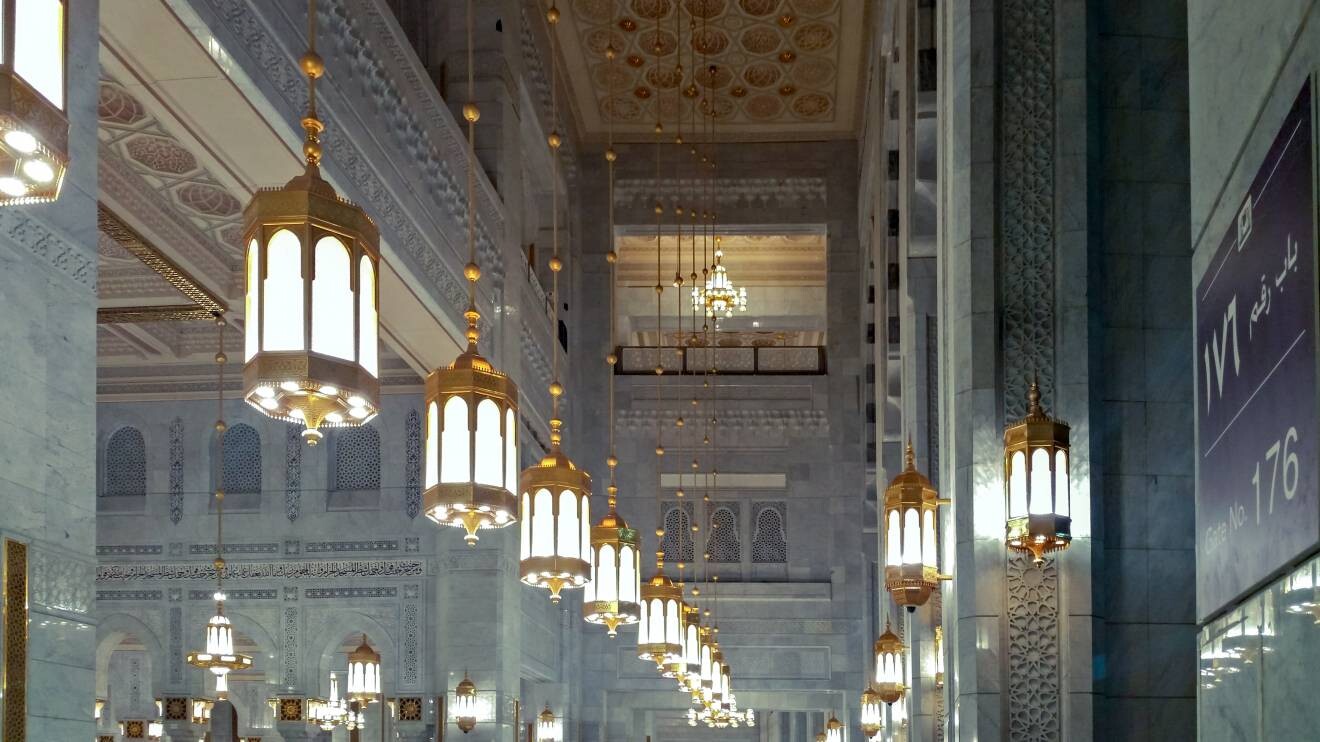The Spiritual Odyssey: A Comprehensive Guide on How to Perform Hajj
In the heart of Islam lies the sacred pilgrimage of Hajj, a transformative journey that millions of Muslims embark on each year. As one of the Five Pillars of Islam, Hajj is a profound and mandatory religious duty for those who are physically and financially capable. This spiritual odyssey traces the footsteps of Prophet Ibrahim and his family and represents a profound demonstration of unity, devotion, and submission to the will of Allah. In this comprehensive guide, we will delve into the intricate details of how to perform Hajj, from the preparations to the rituals that define this sacred pilgrimage.

1. Preparing for the Spiritual Expedition:
Before setting foot on the sacred grounds of Mecca, it is imperative to engage in thorough preparations, both physically and spiritually.
a. Financial and Physical Readiness:
- Ensure financial stability and affordability for the journey.
- Purify earnings and seek forgiveness for any financial wrongdoings.
- Undertake a medical check-up to ensure physical fitness for the pilgrimage.
b. Spiritual Purification:
- Engage in sincere repentance and seek forgiveness from Allah.
- Perform acts of charity to cleanse the soul.
- Strengthen daily prayers and engage in additional acts of worship.
c. Acquisition of Necessary Items:
- Assemble Ihram clothing for men (Izar and Rida) and modest attire for women.
- Gather essential items such as toiletries, medications, prayer accessories, and a pilgrimage guide.
2. Entering the Sacred State of Ihram:
The journey begins with entering the consecrated state of Ihram, a symbolic expression of humility and equality before Allah.
a. Ihram Garb for Men:
- Men don two pieces of seamless white cloth, leaving the head and feet uncovered.
- Perform a two-unit prayer to commence the sacred state of Ihram.
b. Modesty for Women:
- Women adopt simple and modest clothing, avoiding any extravagance.
- No specific Ihram garments are required for women.
3. Miqat – The Designated Entry Point:
Before entering Mecca, pilgrims must reach the Miqat, a specified boundary that marks the commencement of the pilgrimage.
a. Niyyah (Intention) and Talbiyah:
- Declare the intention for Hajj and recite the Talbiyah, a proclamation of submission and dedication.
4. Tawaf – Circumambulation of the Kaaba:
The Kaaba, the House of Allah, becomes the focal point as pilgrims engage in the profound ritual of Tawaf.
a. Beginning Tawaf:
- Commence Tawaf by circumambulating the Kaaba seven times, starting from the Black Stone (Hajr al-Aswad).
- Offer prayers and supplications during each circuit.
- After Tawaf, perform the two-unit Tawaf Prayer.

5. Sa’y – Pilgrimage between Safa and Marwah:
The ritual of Sa’y involves walking seven times between the hills of Safa and Marwah.
a. Completing Sa’y:
- Each round is known as a Shavt.
- Following Sa’y, men are encouraged to shave or trim their hair, while women cut a small portion.
6. Arafat – The Peak of Spiritual Reflection:
Journey to Arafat on the 8th day of Dhu al-Hijjah, engaging in prayer, supplication, and deep reflection.
a. Stay in Arafat:
- Combine Dhuhr and Asr prayers and remain in Arafat until sunset.
7. Muzdalifah – A Night of Devotion:
Move to Muzdalifah after Arafat, combining Maghrib and Isha prayers and spending the night in devotion.
a. Stoning the Devil:
- Collect 49 or more small stones for the ritual of Stoning the Devil.
8. Mina and Stoning Rituals:
Return to Mina on the 10th day of Dhu al-Hijjah to stone the three pillars symbolizing Satan.
a. Sacrifice (Hajj Qurbani):
- Sacrifice an animal, symbolizing submission and obedience to Allah.
- Share the meat with those in need.
9. Tawaf al-Ifadah:
Return to Mecca and perform Tawaf al-Ifadah around the Kaaba, a pivotal element in completing the Hajj.
a. Additional Tawaf and Sa’y:
- Optionally engage in Tawaf al-Wida (Farewell Tawaf) before departing Mecca.
- Additional Sa’y can be performed for added spiritual benefit.
10. Essential Items for Every Pilgrim:
Packing wisely is crucial for a successful and comfortable pilgrimage. Essential items include:
a. For Men and Women:
- Wudu socks, Tawaf slippers, flip-flops, towel, undergarments, sunglasses.
- Medications, painkillers, anti-nausea medication, fever reducers, heel cream.
- Fragrance-free soap, toothbrush and toothpaste, nail scissors, cologne, band-aids.
- Quran, light prayer mat, Tawaf prayer beads, a bag for the 70 stones used in Stoning the Devil.
- Paper and pen, pocket tissues, small bag.
b. Specific for Men:
- Ihram clothing, Ihram belt.
11. Hajj and Umrah Vaccination:
Saudi Arabia mandates specific vaccinations to prevent disease spread during the Hajj and Umrah seasons, primarily for Meningitis.
a. Vaccination Protocols:
- Get vaccinated at least 10-15 days before the journey.
- Carry the vaccination card during the pilgrimage.

Conclusion:
Embarking on the sacred pilgrimage of Hajj is a profound and life-changing experience that demands meticulous preparation and unwavering devotion. Pilgrims who undertake this spiritual odyssey are blessed with an opportunity to purify their souls, seek forgiveness, and strengthen their connection with Allah. As the pilgrims return from this sacred journey, they carry with them the spiritual wealth acquired during the rituals of Hajj, embodying the essence of unity, humility, and submission to the Divine. May every pilgrim find solace and spiritual elevation in the embrace of the Holy Kaaba, as they fulfill their sacred duty to Allah.
Salambooking Umrah programmes are on this link. Please connect us for all detail.
